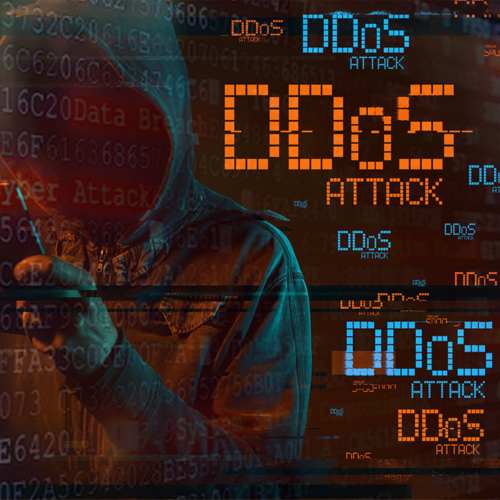
According cybersecurity researchers, there has been a rise in distributed denial of service (DDoS) attacks in recent months which is a record-breaking number of incidents.
According to a report by cybersecurity researchers at Netscout, there were 5.4 million recorded DDoS attacks during the first half of 2021 – a figure that represents an 11% rise compared with the same period last year.
A DDoS attack is a crude but effective form of cyberattack that sees attackers flood the network or servers of the victim with a wave of internet traffic that's so large that the infrastructure is overwhemed by the number of requests for access, slowing down services or taking them fully offline and preventing legitimate users from accessing the service at all.
Often, the machines being used to launch DDoS attacks – which can be anything that connects to the internet and so can range from servers and computers to Internet of Things products – are controlled by attackers as part of a botnet. The real owners of the devices are unlikely to know that their device has been hijacked in this way.
In some cases, DDoS attacks are simply designed to cause disruption with those behind the attacks just launching them because they can. However, in other instances there’s also an extortion element at play, with attackers threatening to launch a DDoS attack against a victim if they don’t give into a demand for payment.
“The tooling behind these attacks has matured over the years,” Hardik Modi, Netscout Area Vice President of Engineering, Threat and Mitigation products.
DDoS attacks have become more effective during the past year due to the added reliance on online services. Disruption to services that people are relying on in both their professional and personal lives has the potential to have a significant impact.
See What’s Next in Tech With the Fast Forward Newsletter
Tweets From @varindiamag
Nothing to see here - yet
When they Tweet, their Tweets will show up here.





























